If you've been following supplement industry research lately, you're likely familiar with paraxanthine, caffeine's primary metabolite that's been making waves in the energy and focus category. A major new study has just been published in 2024, demonstrating that paraxanthine may actually provide better cognitive benefits than caffeine itself.[1]
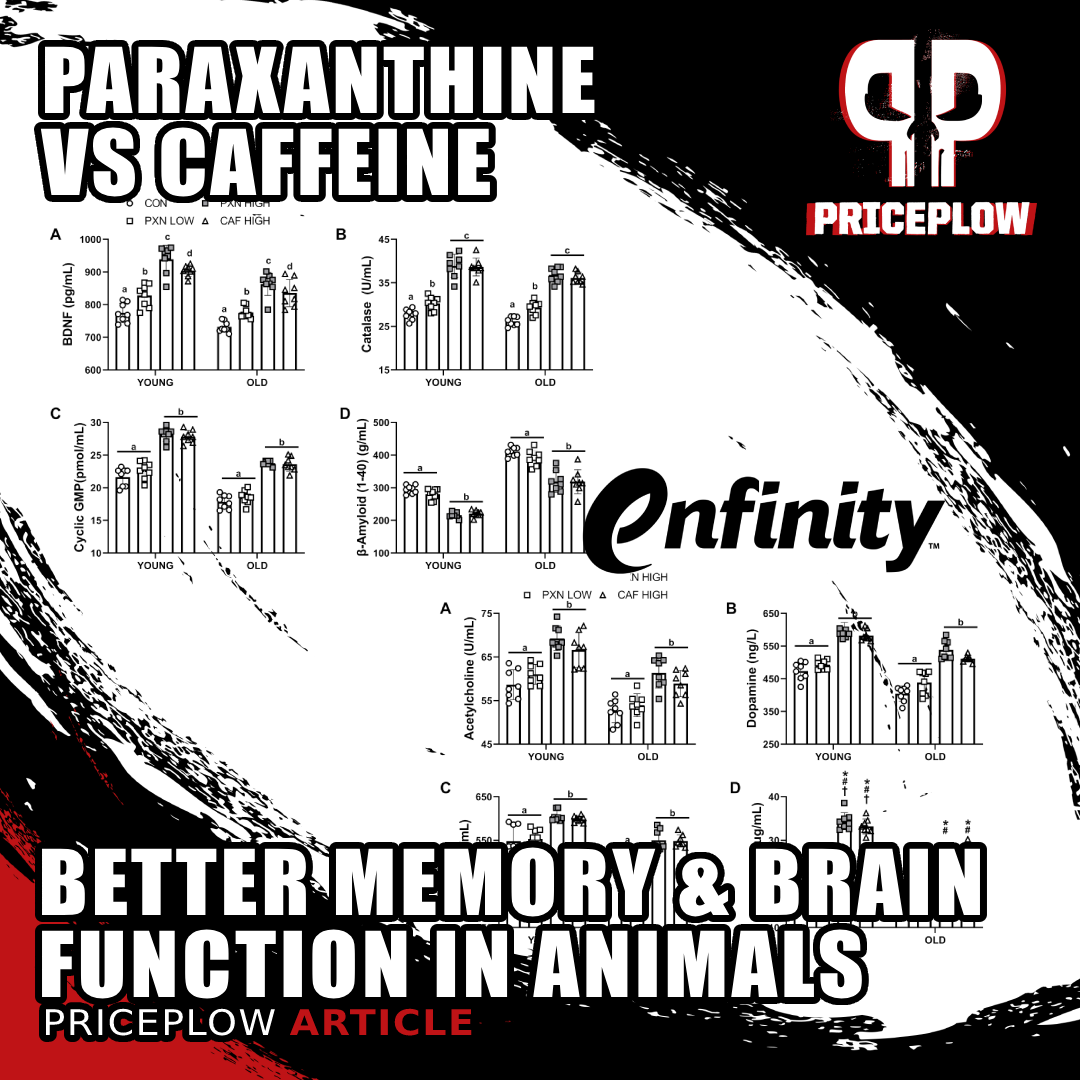
Pre-clinical data shows paraxanthine improves memory and brain function better than caffeine. By boosting BDNF and neuroplasticity, it supports sharper cognitive performance.
The research, published in a peer-reviewed journal, shows that paraxanthine not only enhanced memory and cognitive function more effectively than caffeine, but also triggered beneficial changes in key brain chemicals and markers of neuroplasticity. Perhaps most importantly, these effects were observed in both young and aged subjects, suggesting broad applicability across age groups.[1]
This builds upon research we've previously covered showing paraxanthine's benefits for energy, focus, and exercise performance. For a complete background on paraxanthine and its relationship to caffeine, see our comprehensive guide, Paraxanthine: Caffeine's Major Metabolite for Laser-Targeted Energy.
The significance of this new study cannot be overstated - while we've known that paraxanthine can provide similar benefits to caffeine with potentially fewer side effects, this research suggests it may actually be superior for cognitive enhancement and brain health.
Before diving in, make sure you're subscribed for our paraxanthine and TSI Group news alerts. TSI Group is the global distributor of enfinity® paraxanthine, and has made a massive impact on the ingredient's success:
Subscribe to PricePlow's Newsletter and Alerts on These Topics
Let's analyze the groundbreaking findings in detail:
Study Overview
Before examining this groundbreaking research, it's worth noting that this study builds upon previous findings where paraxanthine demonstrated superior cognitive benefits compared to caffeine, particularly in tests of cognitive flexibility using the Berg-Wisconsin Card Sorting Task.[2] Earlier paraxanthine research also showed incredible results with this test.[3,4] That data raised an important question: What mechanisms could explain paraxanthine's enhanced cognitive effects?
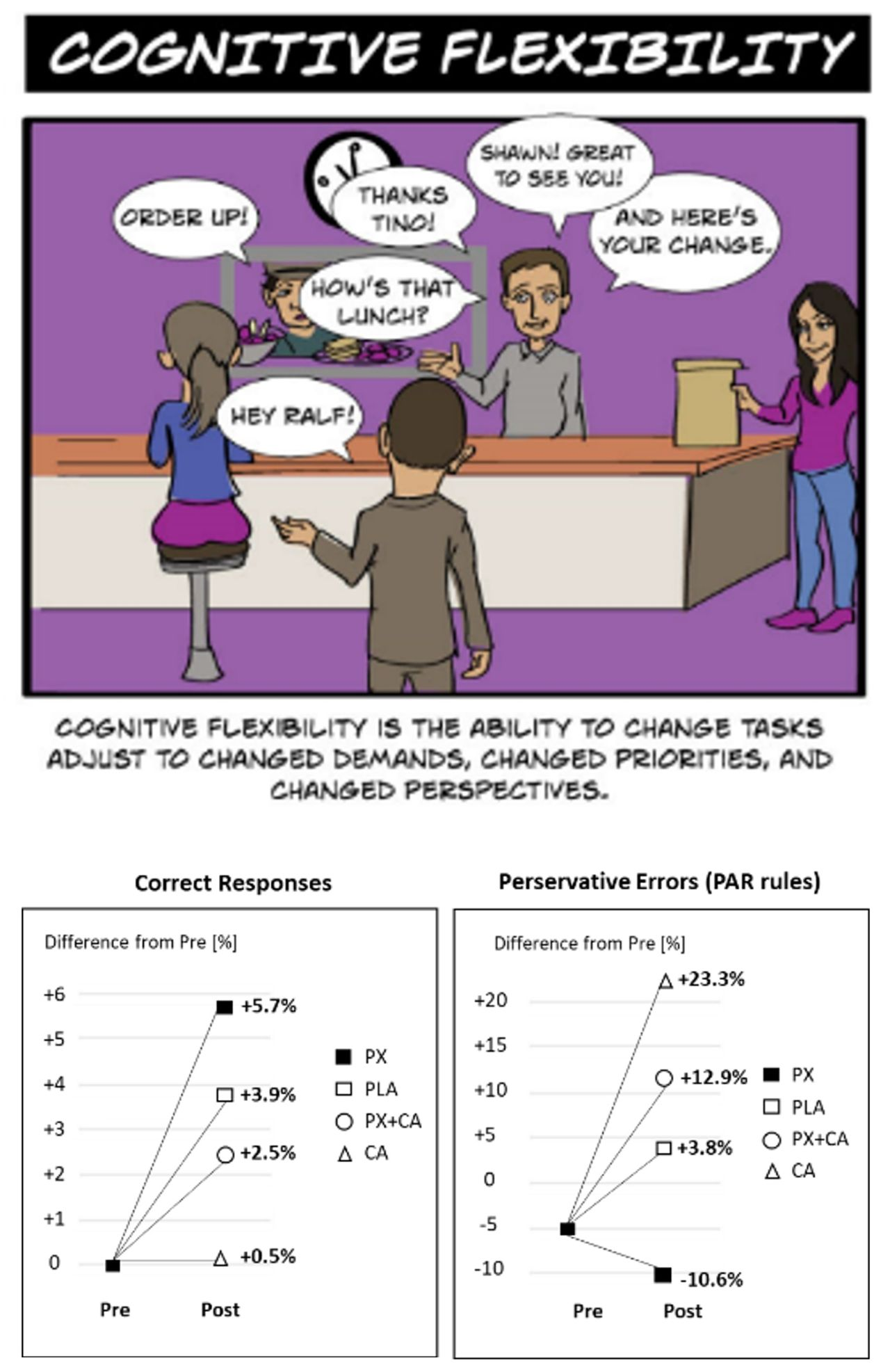
Paraxanthine Enhances Cognitive Flexibility: Improvements in correct responses (+5.7%) and reductions in perseverative errors (-10.6%) highlight the benefits of Paraxanthine for adapting to changing demands and priorities. Artwork courtesy Dr. Ralf Jaeger.
This new investigation, led by Dr. Ralf Jäger and colleagues, was specifically designed to explore the mechanisms while comparing paraxanthine's effects to caffeine in both young and aged subjects.[1]
-
Methods
The researchers conducted a comprehensive study using both young (8-week-old) and aged (16-month-old) rats, with 32 animals in each age group. The subjects were divided into four treatment groups:[1]
- Control group (vehicle)
- Low-dose paraxanthine (equivalent to 25mg human dose)
- High-dose paraxanthine (equivalent to 100mg human dose)
- High-dose caffeine (equivalent to 100mg human dose)
To assess cognitive function, the researchers employed the Morris water maze test, a well-established method for evaluating spatial learning and memory. The study protocol included an initial training period followed by 10 days of supplementation, with final testing conducted on day 15.
-
Biomarkers tested
Beyond behavioral testing, the researchers conducted extensive analysis of brain tissue, measuring various crucial markers:[1]
- Brain-derived neurotrophic factor (BDNF)
- Key neurotransmitters (acetylcholine, dopamine, GABA)
- Antioxidant markers (catalase, glutathione)
- Beta-amyloid levels
- Cyclic GMP
This comprehensive approach allowed the research team to not only observe behavioral outcomes but also understand the underlying neurochemical changes driving these effects.
Key Findings: Memory & Learning
The Morris water maze test, which measures how quickly animals can find a hidden platform in water using spatial memory, provided excellent evidence for paraxanthine's cognitive benefits. The key metric in this test is "escape latency" -- the time it takes for subjects to locate the platform. A shorter escape latency indicates better spatial learning and memory.
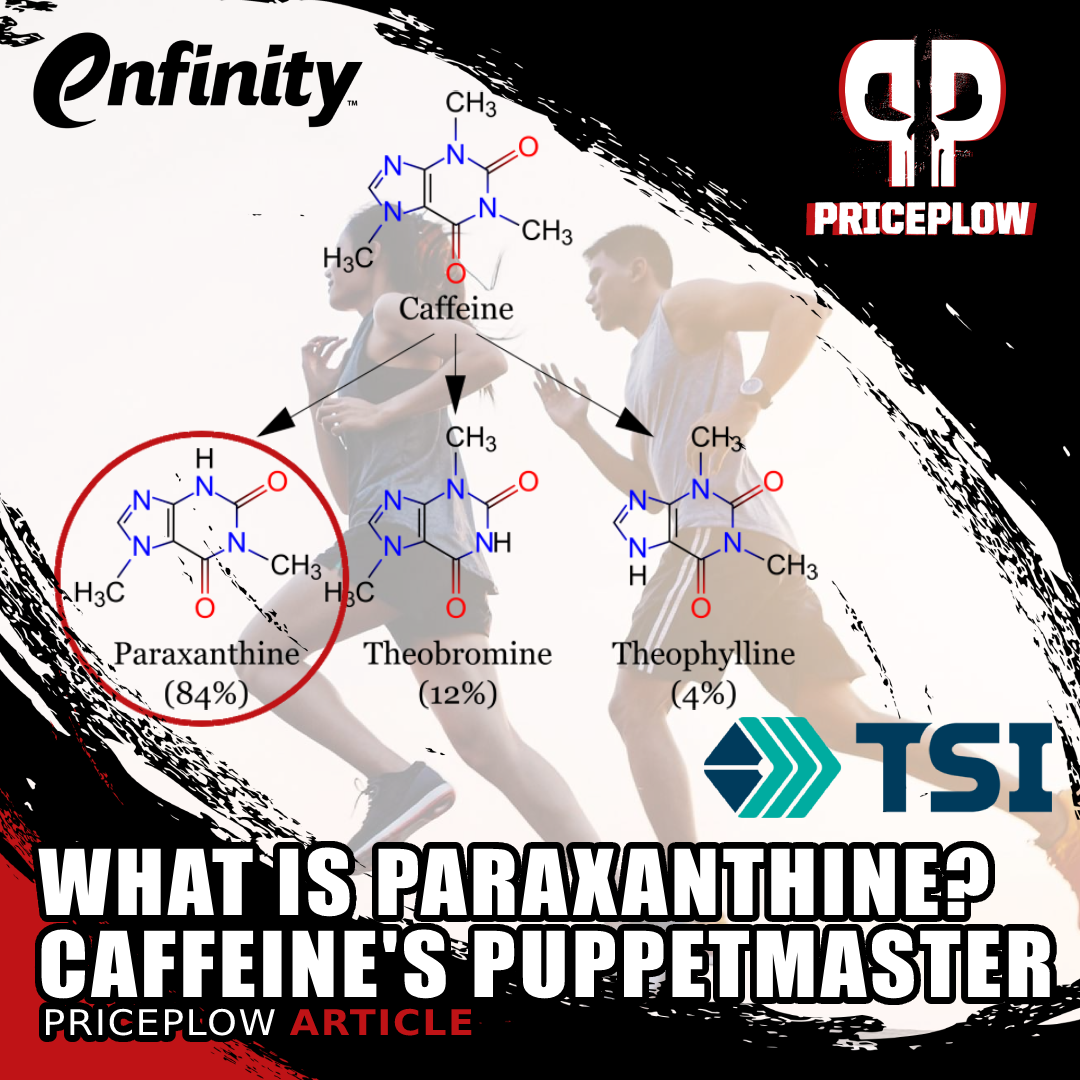
Paraxanthine is the primary metabolite of caffeine, providing most of caffeine's beneficial effects. Now you can take it directly with enfinity!
In young animals, all three treatment groups - low-dose paraxanthine, high-dose paraxanthine, and caffeine - showed significant improvements compared to the control group. However, the most striking finding was that high-dose paraxanthine reduced escape latency by approximately 14% more than caffeine, demonstrating superior cognitive enhancement.[1]
The effects were even more pronounced in aged animals. Both high-dose paraxanthine and caffeine significantly reduced escape latency compared to control, with high-dose paraxanthine showing approximately 12.1% better performance than caffeine. While low-dose paraxanthine showed a trend toward improvement in older animals, it didn't reach statistical significance (p = 0.07).
Interestingly, the baseline escape latency in older control animals was significantly higher than in young controls, confirming the age-related decline in spatial memory that we'd expect to see. This makes the improvements seen with paraxanthine particularly noteworthy, as they suggest potential applications for age-related cognitive decline.
The researchers found that these improvements were consistent and reproducible across multiple trials, with statistical analysis showing strong significance (p < 0.001) for the main effects of both treatment and age, as well as their interaction. This level of statistical support significantly strengthens confidence in paraxanthine's cognitive-enhancing properties.[1]
These results not only confirm paraxanthine's ability to enhance cognitive function but demonstrate that it can outperform caffeine in both young and aged subjects - a finding with significant implications for both cognitive enhancement and age-related cognitive decline.
Neurochemical Results and Mechanisms of Action
The researchers conducted extensive analysis of brain tissue samples, revealing fascinating insights into how paraxanthine and caffeine affect various neurochemicals essential for cognitive function.
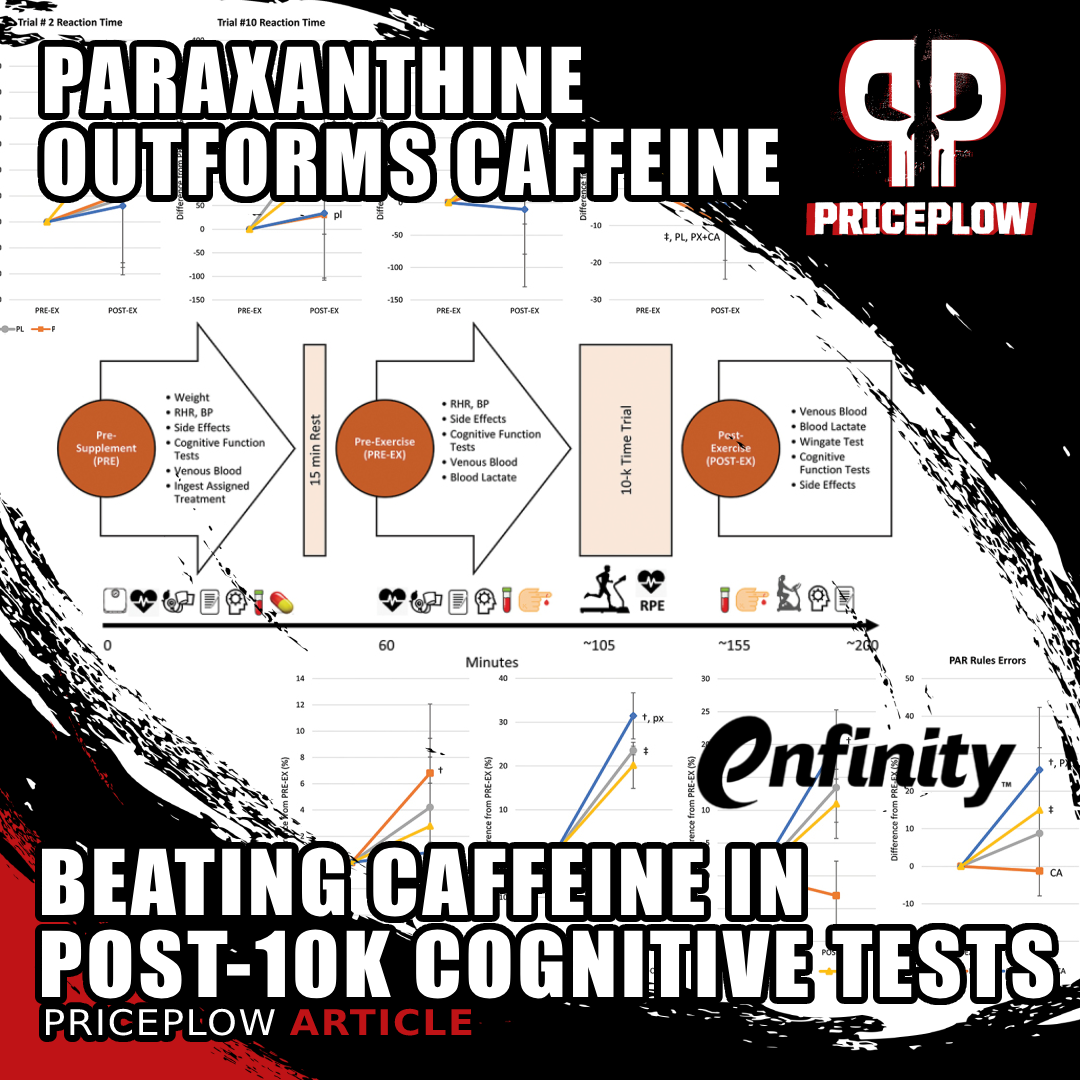
A new study finds paraxanthine (found in enfinity®) outperforms caffeine in boosting cognitive function after a 10k run.[5] Clear thinking under pressure is key to winning, and paraxanthine could be the edge you need.
Similar to caffeine, paraxanthine acts as an adenosine receptor antagonist,[6] which helps explain its wakeful effects. However, the researchers found that paraxanthine has additional mechanisms that may account for its superior cognitive benefits. One of the most significant findings was paraxanthine's enhanced ability to increase BDNF levels compared to caffeine.[1]
-
BDNF: The Brain's Growth Factor
Brain-derived neurotrophic factor (BDNF), a crucial protein for neuronal plasticity and memory formation,[7] showed very interesting results. Both high-dose paraxanthine and caffeine significantly increased BDNF levels compared to control (p < 0.001). However, high-dose paraxanthine elevated BDNF levels to a greater extent than caffeine (p = 0.03), and also outperformed the low-dose paraxanthine group (p < 0.001).[1]
This BDNF elevation is particularly significant because this protein plays a fundamental role in forming and strengthening neural connections, essentially acting as a growth factor for the brain.[8] The superior BDNF response to paraxanthine may help explain its enhanced cognitive benefits compared to caffeine.
-
Neurotransmitter Modulation
The study found that both high-dose paraxanthine and caffeine significantly increased levels of key neurotransmitters compared to control (p < 0.001). Specifically, they observed elevations in:
- Acetylcholine: Critical for memory formation and cognitive processing
- Dopamine: Essential for motivation, focus, and reward
- GABA: The brain's primary inhibitory neurotransmitter
Paraxanthine Outperforms Caffeine in Boosting Neurotransmitters: Significant increases in acetylcholine, dopamine, and GABA levels, coupled with higher glutathione production, highlight Paraxanthine's potential in memory and cognitive enhancement.
These changes in neurotransmitter levels were consistent across both young and aged animals, though young animals generally exhibited higher baseline levels of all neurotransmitters compared to their older counterparts.[1]
-
Antioxidant Effects
Both catalase and glutathione, important antioxidant markers in the brain, showed significant increases in the high-dose paraxanthine and caffeine groups compared to control (p < 0.001). The elevation of these antioxidant compounds suggests that both substances may help protect against oxidative stress in the brain, though glutathione showed some interesting age-dependent effects that warrant further investigation.[1]
-
Beta-Amyloid Reduction
Perhaps one of the most intriguing findings was that both high-dose paraxanthine and caffeine significantly reduced beta-amyloid levels compared to control and low-dose paraxanthine (p < 0.001).[1] This is particularly noteworthy given that beta-amyloid accumulation is associated with cognitive decline and various neurodegenerative conditions.[9,10]
Impact of Paraxanthine and Caffeine on Neurobiological Markers: Enhanced BDNF, Catalase, and reduced β-Amyloid levels with Paraxanthine consumption suggest improved brain health in young and old subjects.
The ability of these compounds to reduce beta-amyloid levels suggests potential neuroprotective properties that could be especially relevant for aging populations. The more pronounced cognitive benefits seen with paraxanthine indicate it may engage these pathways more effectively, though.
Age-Related Effects
It's well-known that normal aging is associated with declines in learning and memory. This study's findings indicate that both paraxanthine and caffeine significantly influence memory, independent of age.[1]
In young animals, the greatest improvements were observed with high-dose paraxanthine (PXN HIGH), outperforming all other groups. In older animals, both high-dose paraxanthine and caffeine (CAF HIGH) produced the most significant improvements, consistent with previous research showing age-related declines in learning and memory acquisition in water maze tests.[1]
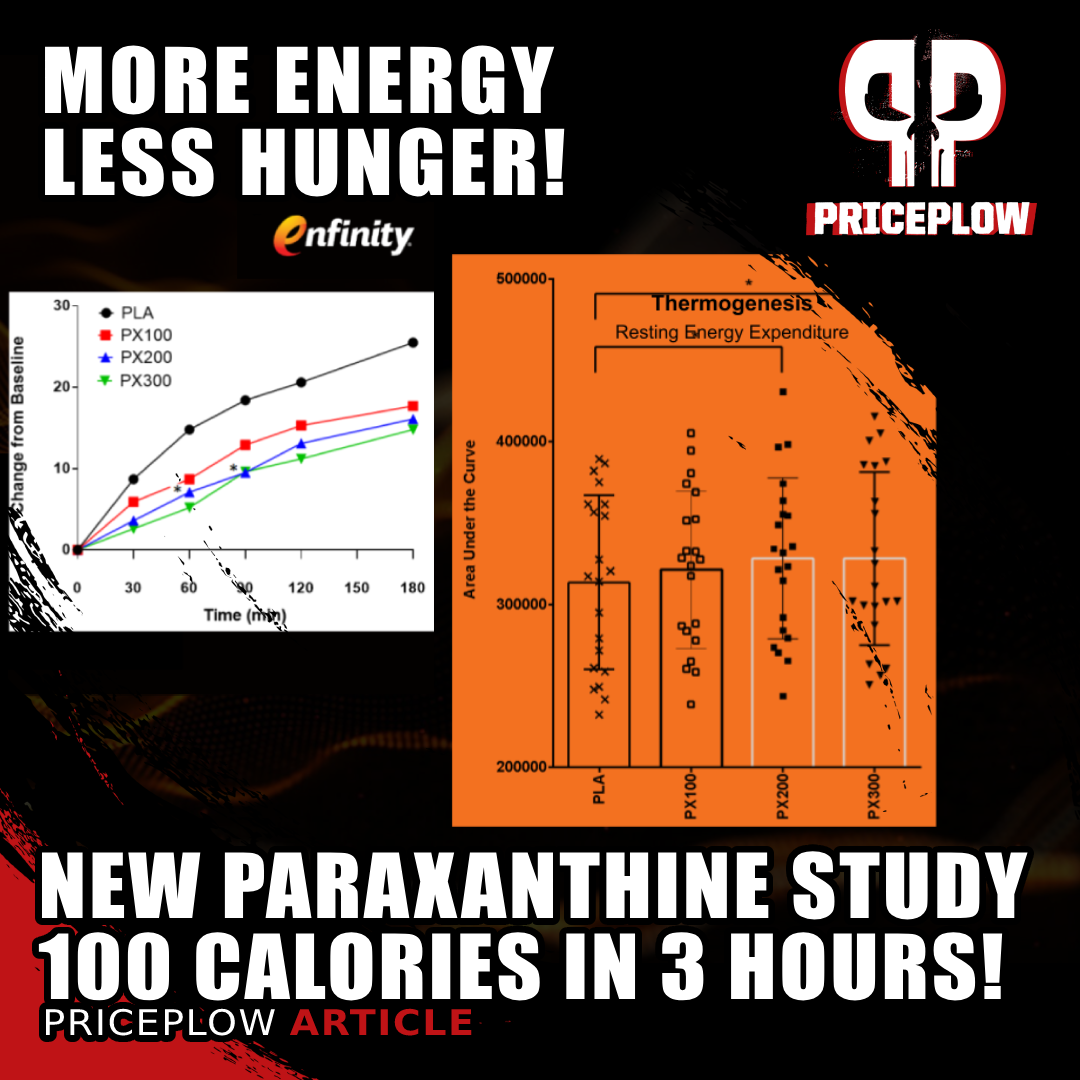
New research data has been published on enfinity (paraxanthine), showing increased energy expenditure compared to placebo (100 calories in 3 hours) -- yet it decreased appetite and heart rate![11]
As expected, age significantly affected the levels of all neuromodulators, with young animals exhibiting higher levels than older ones. This aligns with previous research indicating that aging is associated with decreased levels of BDNF, catalase, and cyclic GMP. Importantly, both PXN HIGH and CAF HIGH were found to increase these neuromodulator levels in both age groups.
Additionally, the reduction in β-amyloid (1-40) levels in animals supplemented with PXN HIGH and CAF HIGH suggests a potential mechanism for the cognitive benefits observed. The age-related decline in neuromodulator levels, combined with the less-significant learning and memory effects from PXN LOW in aged animals (though a trend was noted, P = 0.07), may explain the reduced cognitive benefits of both caffeine and paraxanthine in older individuals.
-
enfinity Paraxanthine holds anti-aging supplement potential!
Overall, these findings suggest that enfinity paraxanthine holds therapeutic potential for improving cognitive function, particularly in younger individuals, by enhancing neuromodulation and reducing β-amyloid accumulation. The data also indicates potential applications for addressing age-related cognitive decline, though higher doses may be necessary in older populations to achieve optimal benefits.
Practical Implications for the Supplement Industry
The findings from this groundbreaking research suggest expanded possibilities for paraxanthine supplementation across multiple categories. While previous research and usage established paraxanthine's benefits for energy and focus in pre-workout supplements and fat burners, this new data opens the door for broader applications, particularly in cognitive enhancement and healthy aging supplements.
For cognitive enhancement, paraxanthine's superior effects on memory and neuroplasticity, combined with its ability to increase BDNF more effectively than caffeine, make it an attractive candidate for nootropic formulas. The cognitive benefits demonstrated in this research could be particularly valuable for students, professionals, and anyone seeking to optimize their mental performance.
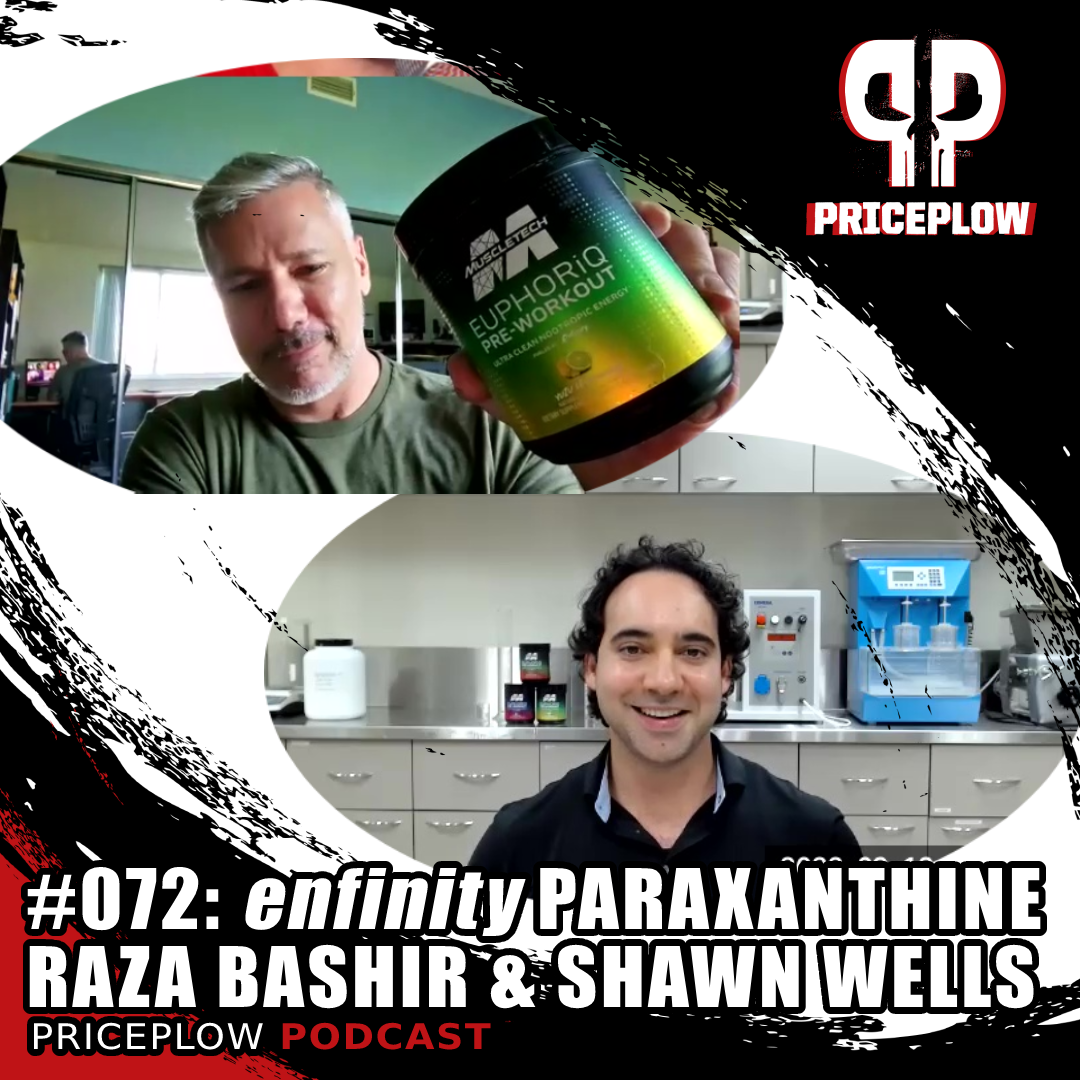
MuscleTech's Raza Bashir and Ingenious Ingredients (and NNB Nutrition CSO) Shawn Wells join the PricePlow Podcast for Episode #072 to talk about MuscleTech's new iQ Series launch, using enfinity Paraxanthine!
Perhaps even more intriguing are the potential "anti-aging" applications. The study's findings regarding paraxanthine's effects on beta-amyloid levels and various neuroprotective markers suggest it could play a role in supporting healthy cognitive aging. The fact that these benefits were observed in both young and aged subjects is particularly promising, though the data indicates that older individuals may require higher doses for optimal effects.
However, it's important to note that while these results are extremely promising, they come from a preclinical animal study. Future research should focus on:
- Human clinical trials to confirm these cognitive and neurochemical effects
- Long-term safety and efficacy studies in various populations
- Optimal dosing strategies for different age groups and applications
- Potential synergistic effects with other cognitive-supporting compounds
As enfinity® paraxanthine becomes more widely available in dietary supplements, these findings suggest we may see it expand beyond its traditional role in energy and sports nutrition products into more specialized cognitive enhancement and healthy aging formulations.
We already have some of this research, which is linked below:
Conclusion: enfinity® Paraxanthine is the New Energy Source
This groundbreaking research adds to an increasingly compelling body of evidence supporting enfinity® paraxanthine as a potential replacement for traditional caffeine supplementation. The data demonstrating paraxanthine's superior effects on memory, neuroplasticity, and BDNF levels is particularly exciting, as it suggests mechanisms beyond simple adenosine antagonism.
For a complete understanding of paraxanthine's benefits and mechanisms, be sure to read our comprehensive guide, Paraxanthine: Caffeine's Major Metabolite for Laser-Targeted Energy. You can also learn more about enfinity's development in Episode #072 of the PricePlow Podcast, featuring discussions with industry experts about this innovative ingredient.
This cognitive research builds upon two other major paraxanthine studies published in 2024:
- Research showing that paraxanthine burns roughly 100 calories in 3 hours while reducing hunger
- Data demonstrating that paraxanthine outperforms caffeine in cognitive tests after a 10-kilometer run
You can sign up for our enfinity news alerts below, and then check our additional coverage linked at the bottom of this article:
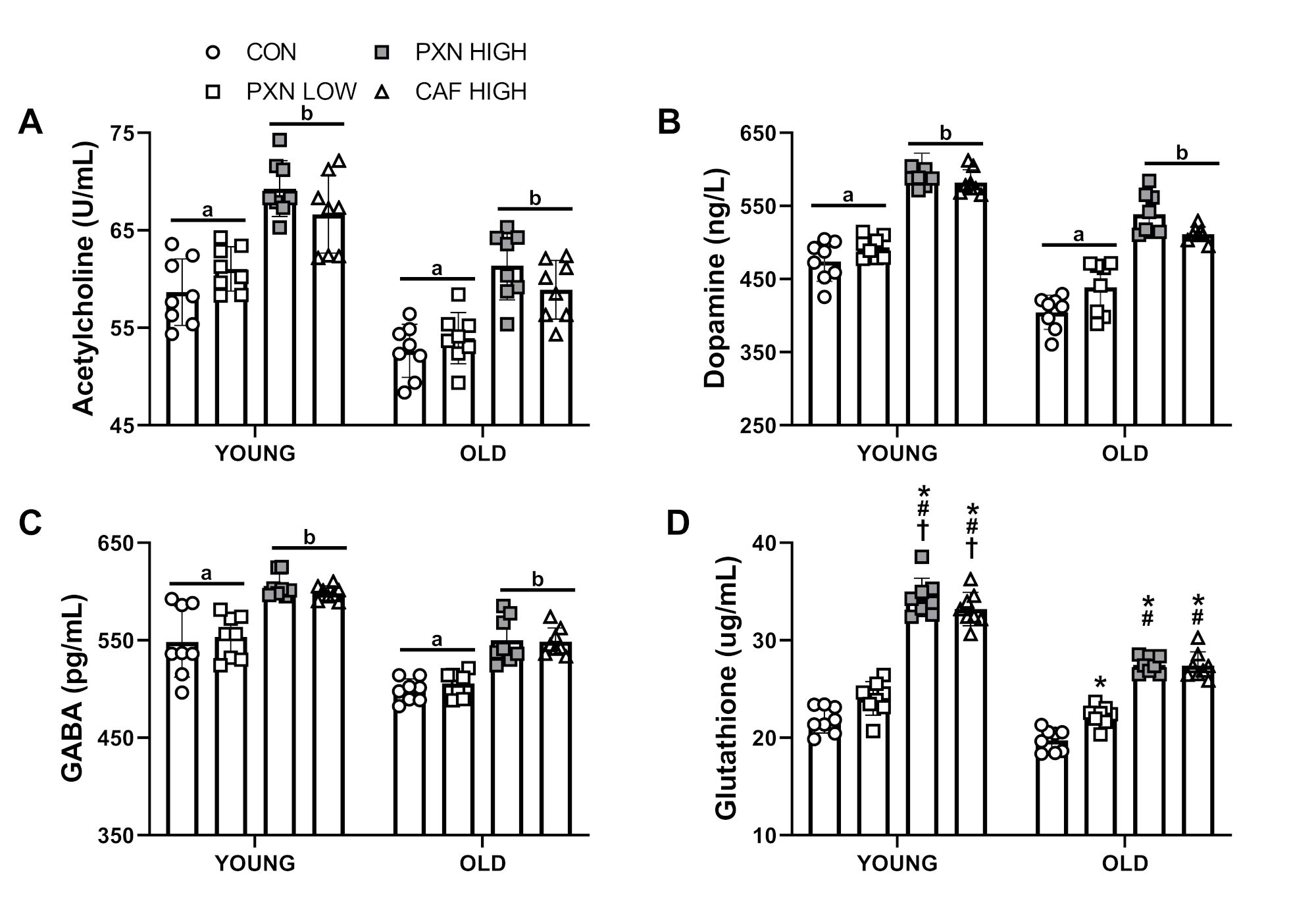
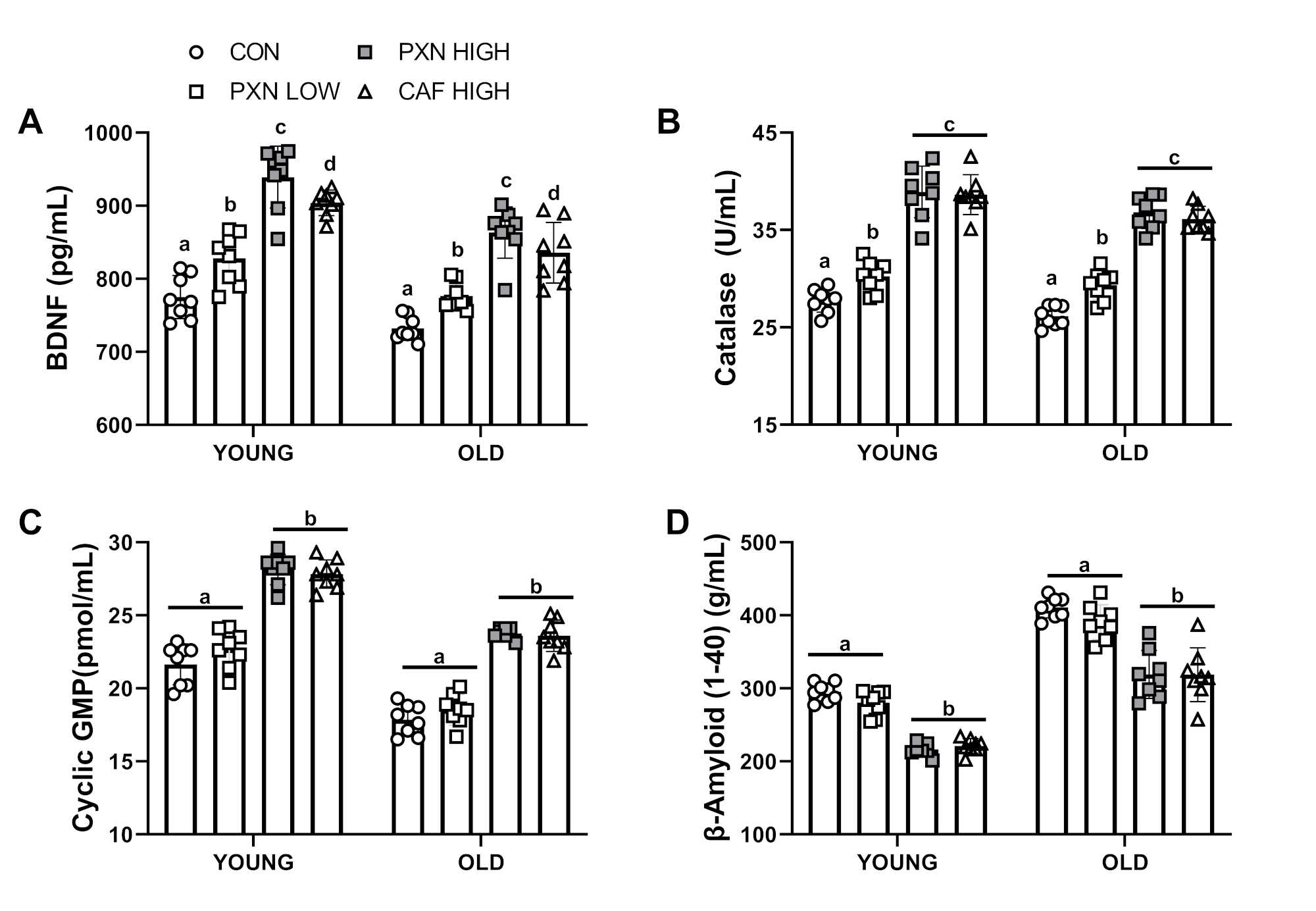
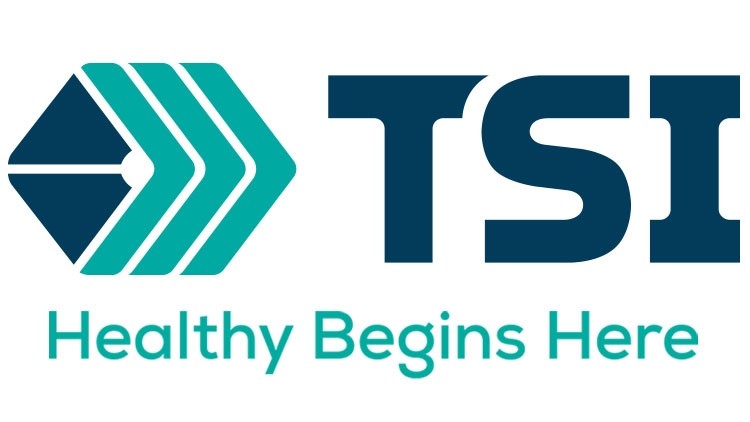

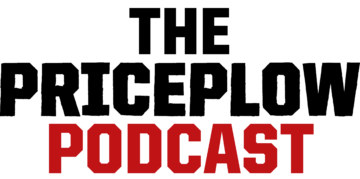
Comments and Discussion (Powered by the PricePlow Forum)